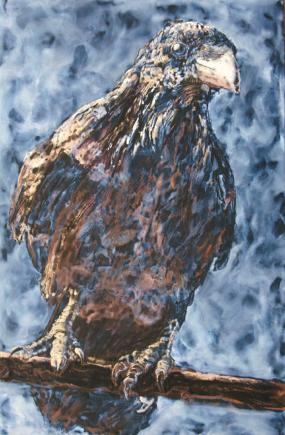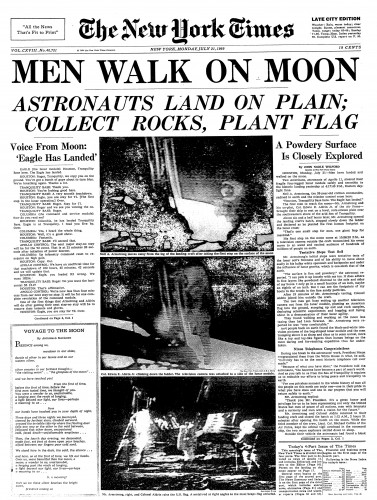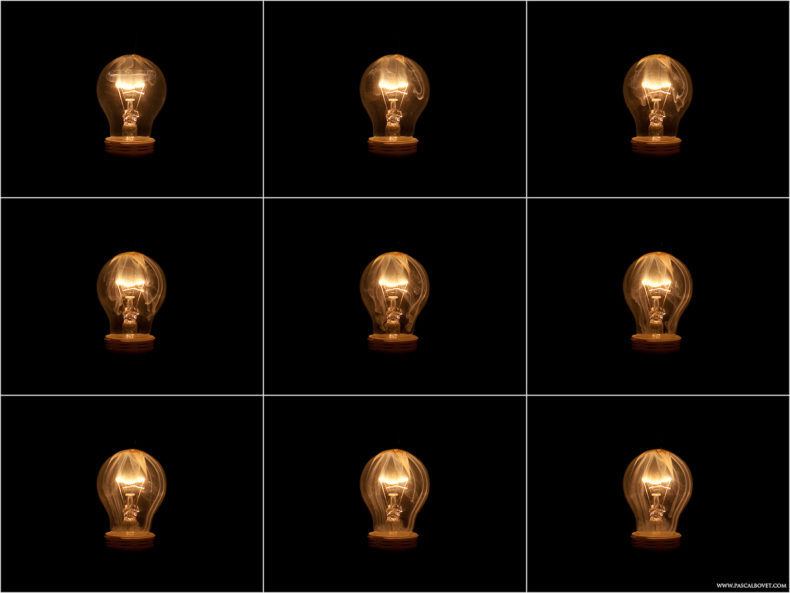
Whenever I talk to students or aspiring journalists there is one question I dread. It’s also a question I can almost guarantee someone will ask. And it’s this: “Where do you get your ideas?”
I usually answer first, with a performative groan. I hate this question, I say. It’s a good one of course. It’s one I asked guest speakers too. Then I give some kind of answer that usually consists of a combination of things. I recount when a former editor once told me “anything can be a story.” I give the cliche answer that they should “always be curious about everything.” I tell them that when I’m really stuck, I go to a random word generator, and then plug the words it gives me into Google Scholar (this is true, and has resulted in many stories for me). I tell them to always ask sources “what’s the coolest thing happening in your field right now?” or “is there anything else you want to talk about?” I tell them to always keep a notebook or a phone handy. I tell them to read, read, read, write down questions, and talk to people who might not seem useful, because you never know.
The students nod and take notes when I say these things. And then, more often than not, I go home, and I stare at a blank document and think to myself: “How do I come up with ideas?”
Today is one of those days. And so, in the spirit of my former editor, who told me that anything could be a story, here is a post about ideas. Or, more specifically, not having them. This is an ode to all the ideas that have escaped my grasp. Or, that I could never quite catch in the first place.

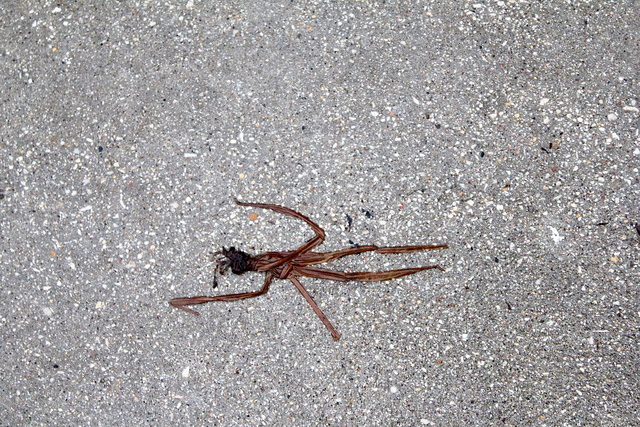
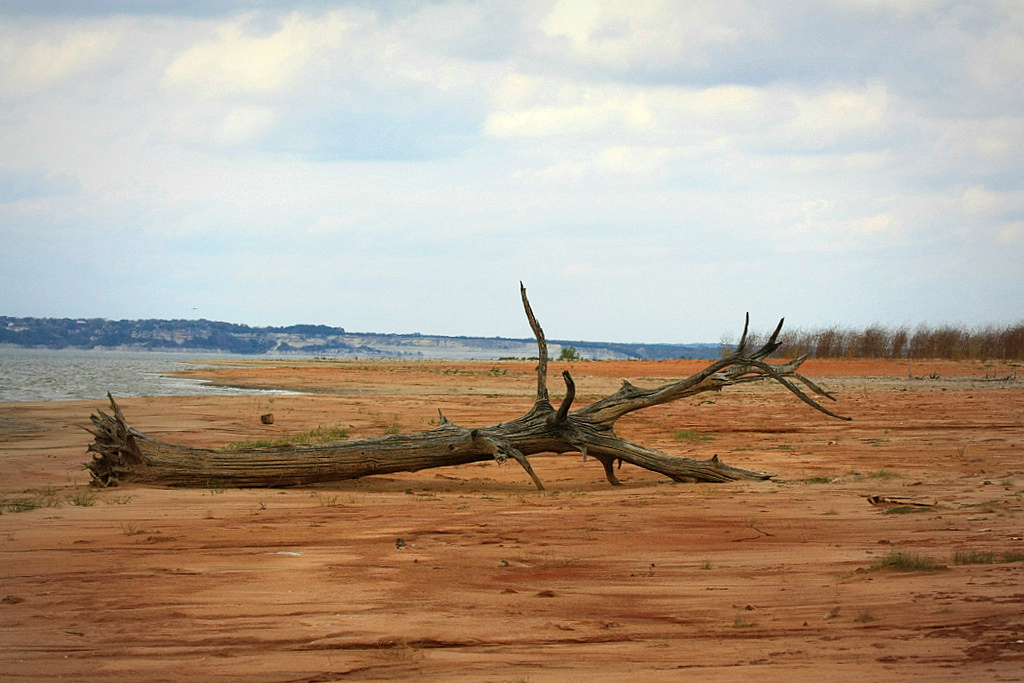
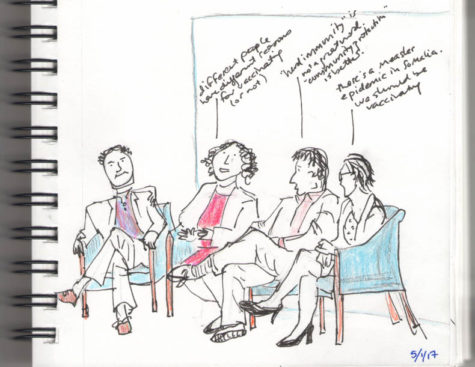 What a diverse week of posts! Seriously, take a peek at these:
What a diverse week of posts! Seriously, take a peek at these: